Stephen Colbert recapped Sunday's debate from his home study

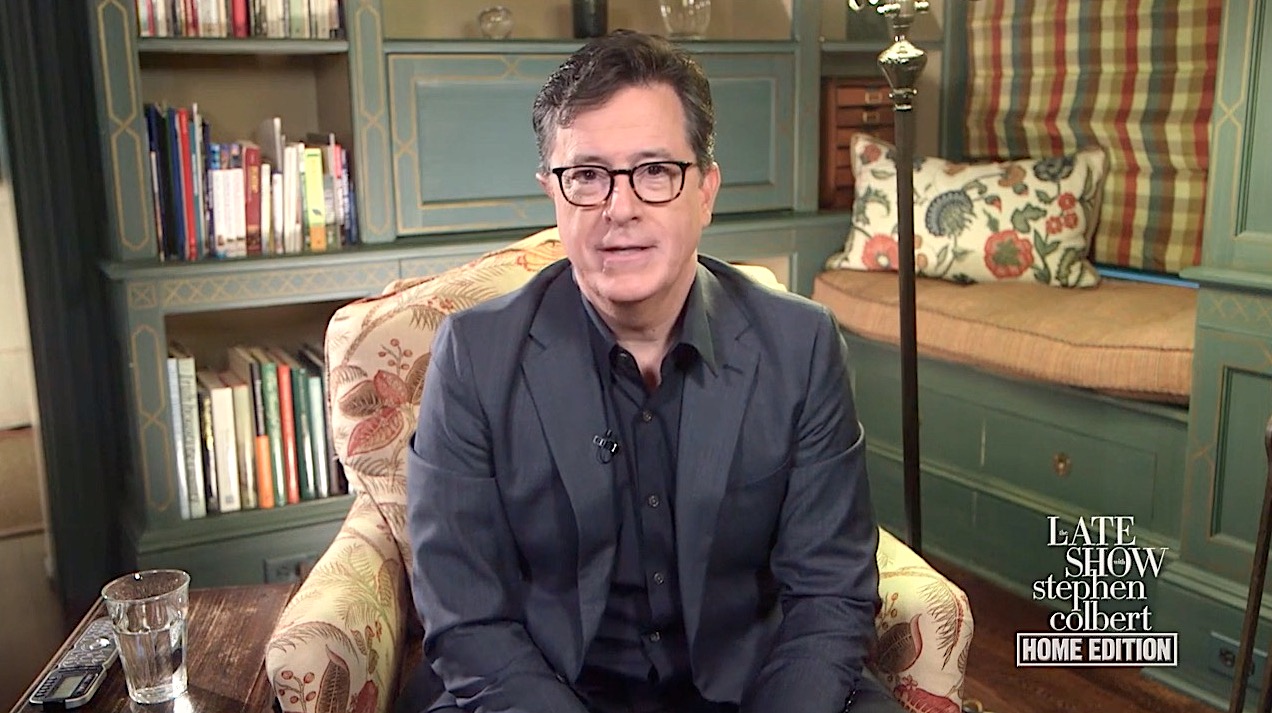
The Late Show took the day off on Monday for Columbus Day, but Stephen Colbert worked anyway. "Welcome to not the show, with me, not at work," he said. "We're broadcasting from my study, and because we are coming to you from the internet, my co-host today will be this adorable, undecided kitty." The cat served as a useful tool for Colbert to use when discussing Donald Trump's leaked, lewd hot-mic tape. He did not dwell on Trump's vulgar boasts, saying only that "it was a really disturbing weekend, especially for parents who had to sit down and explain to their kids who Billy Bush was."
The main reason Colbert signed in to work from home was, of course, to talk about Sunday night's debate between Trump and Hillary Clinton. "Yesterday was the second presidential debate, and like with all sequels, it left you wondering: Why do they keep making these?" he said. He noted Trump's explanation for his crude remarks, asking: "By the way, what gym does Donald Trump belong to? In my locker room, we're just trying to avoid eye contact and gently encourage Old Man Wallace to put on a towel." He sang a song about instantly famous audience member Ken Bone, and talked about Clinton's demeanor and final answer.
"But one of the biggest moments of the night was when Trump took it hard to his opponent, Mike Pence," Colbert said. "So Trump hasn't spoken to Mike Pence, but I really think he should reach out soon, because at this point, I'm pretty sure Mike Pence is an undecided voter." There are some good jokes, though if Colbert does this again, he might want to consider a fake laugh track — having no audience really affects the comedy. Watch below. Peter Weber
The Week
Escape your echo chamber. Get the facts behind the news, plus analysis from multiple perspectives.

Sign up for The Week's Free Newsletters
From our morning news briefing to a weekly Good News Newsletter, get the best of The Week delivered directly to your inbox.
From our morning news briefing to a weekly Good News Newsletter, get the best of The Week delivered directly to your inbox.
A free daily email with the biggest news stories of the day – and the best features from TheWeek.com
Peter has worked as a news and culture writer and editor at The Week since the site's launch in 2008. He covers politics, world affairs, religion and cultural currents. His journalism career began as a copy editor at a financial newswire and has included editorial positions at The New York Times Magazine, Facts on File, and Oregon State University.
-
 Why it’s important to shop around for a mortgage and what to look for
Why it’s important to shop around for a mortgage and what to look forThe Explainer You can save big by comparing different mortgage offers
-
 4 ways to save on rising health care costs
4 ways to save on rising health care costsThe Explainer Health care expenses are part of an overall increase in the cost of living for Americans
-
 How to financially prepare for divorce
How to financially prepare for divorceThe Explainer Facing ‘irreconcilable differences’ does not have to be financially devastating
-
 Son arrested over killing of Rob and Michele Reiner
Son arrested over killing of Rob and Michele ReinerSpeed Read Nick, the 32-year-old son of Hollywood director Rob Reiner, has been booked for the murder of his parents
-
 Rob Reiner, wife dead in ‘apparent homicide’
Rob Reiner, wife dead in ‘apparent homicide’speed read The Reiners, found in their Los Angeles home, ‘had injuries consistent with being stabbed’
-
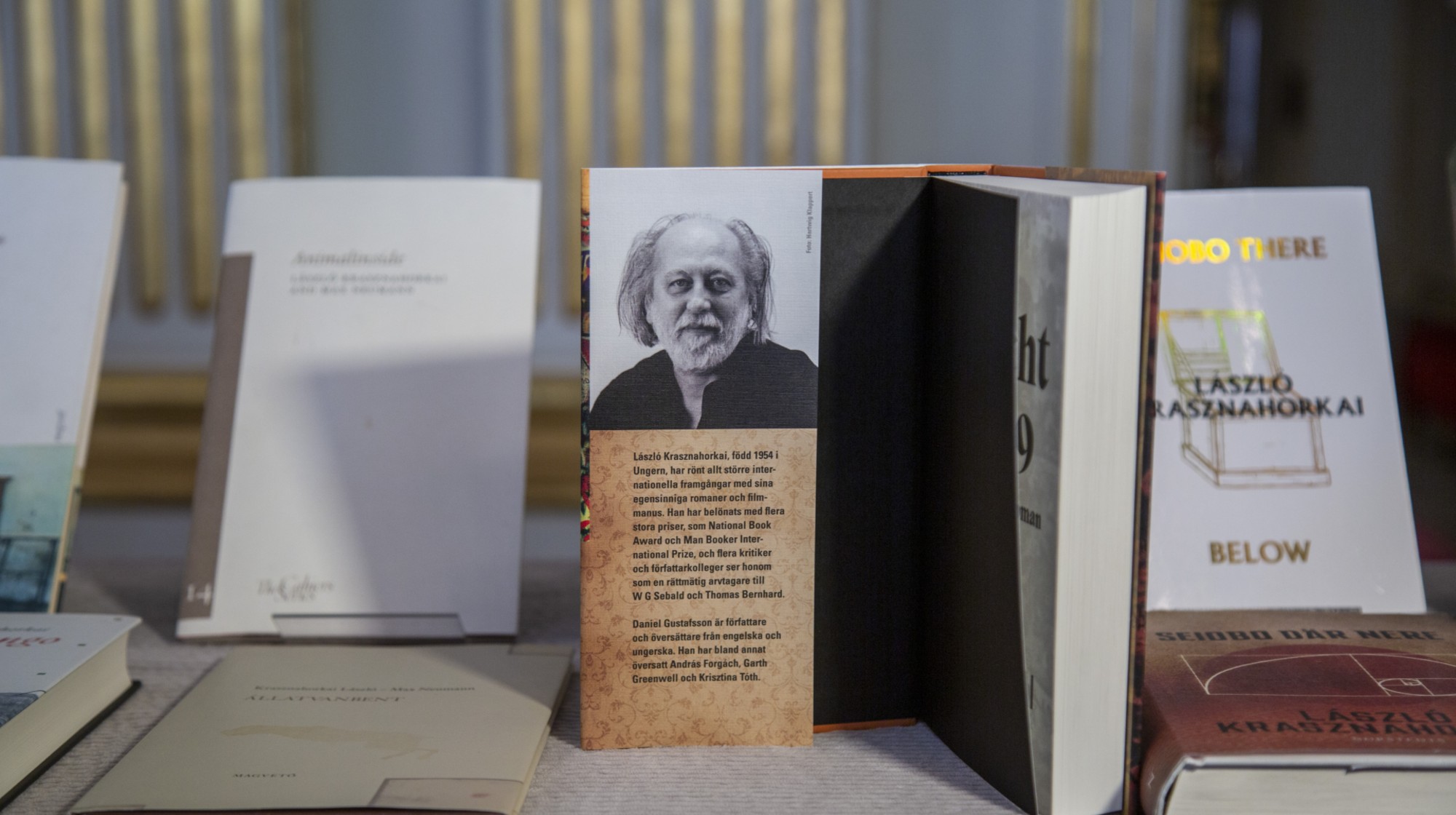 Hungary’s Krasznahorkai wins Nobel for literature
Hungary’s Krasznahorkai wins Nobel for literatureSpeed Read László Krasznahorkai is the author of acclaimed novels like ‘The Melancholy of Resistance’ and ‘Satantango’
-
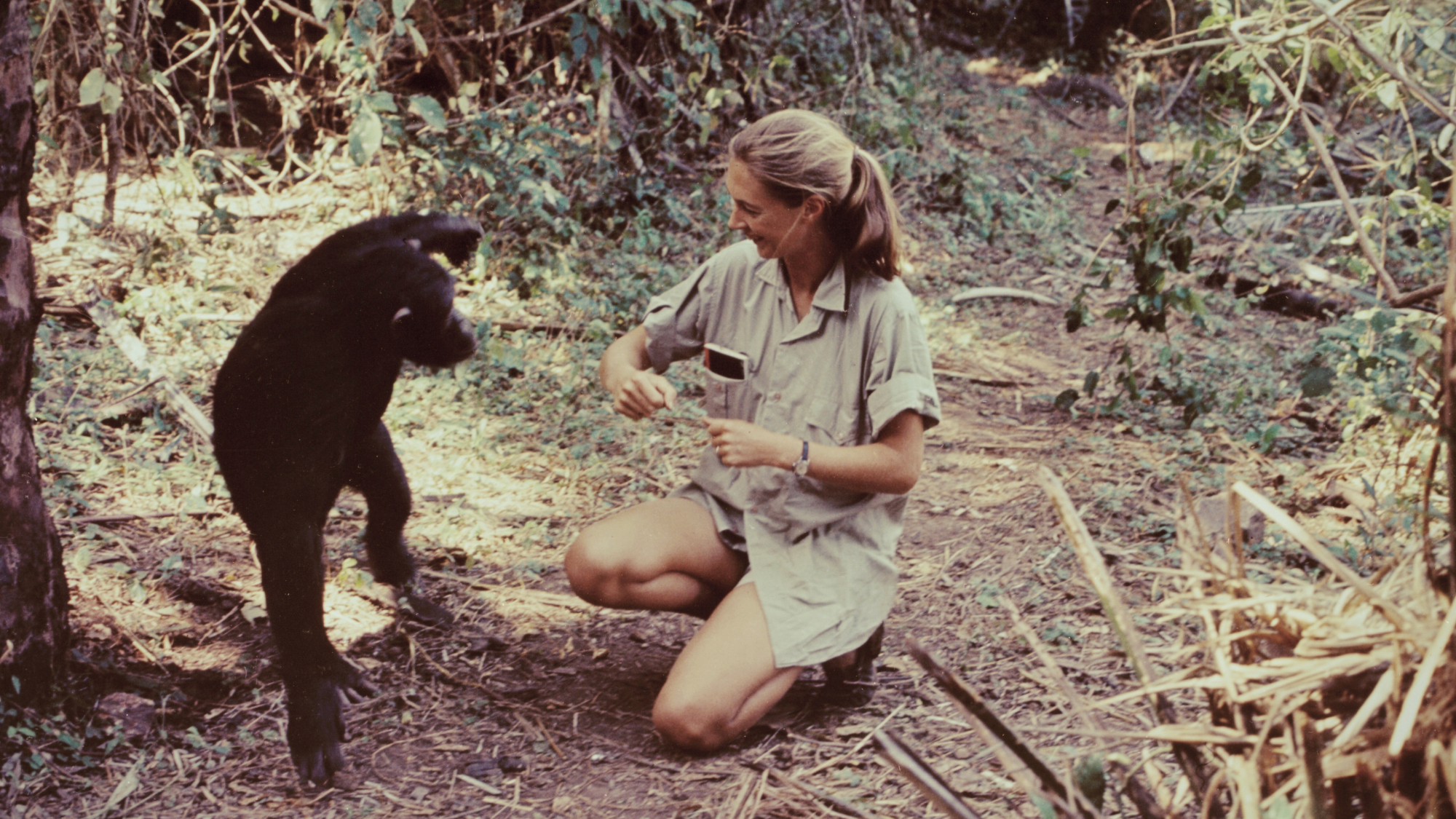 Primatologist Jane Goodall dies at 91
Primatologist Jane Goodall dies at 91Speed Read She rose to fame following her groundbreaking field research with chimpanzees
-
 Florida erases rainbow crosswalk at Pulse nightclub
Florida erases rainbow crosswalk at Pulse nightclubSpeed Read The colorful crosswalk was outside the former LGBTQ nightclub where 49 people were killed in a 2016 shooting
-
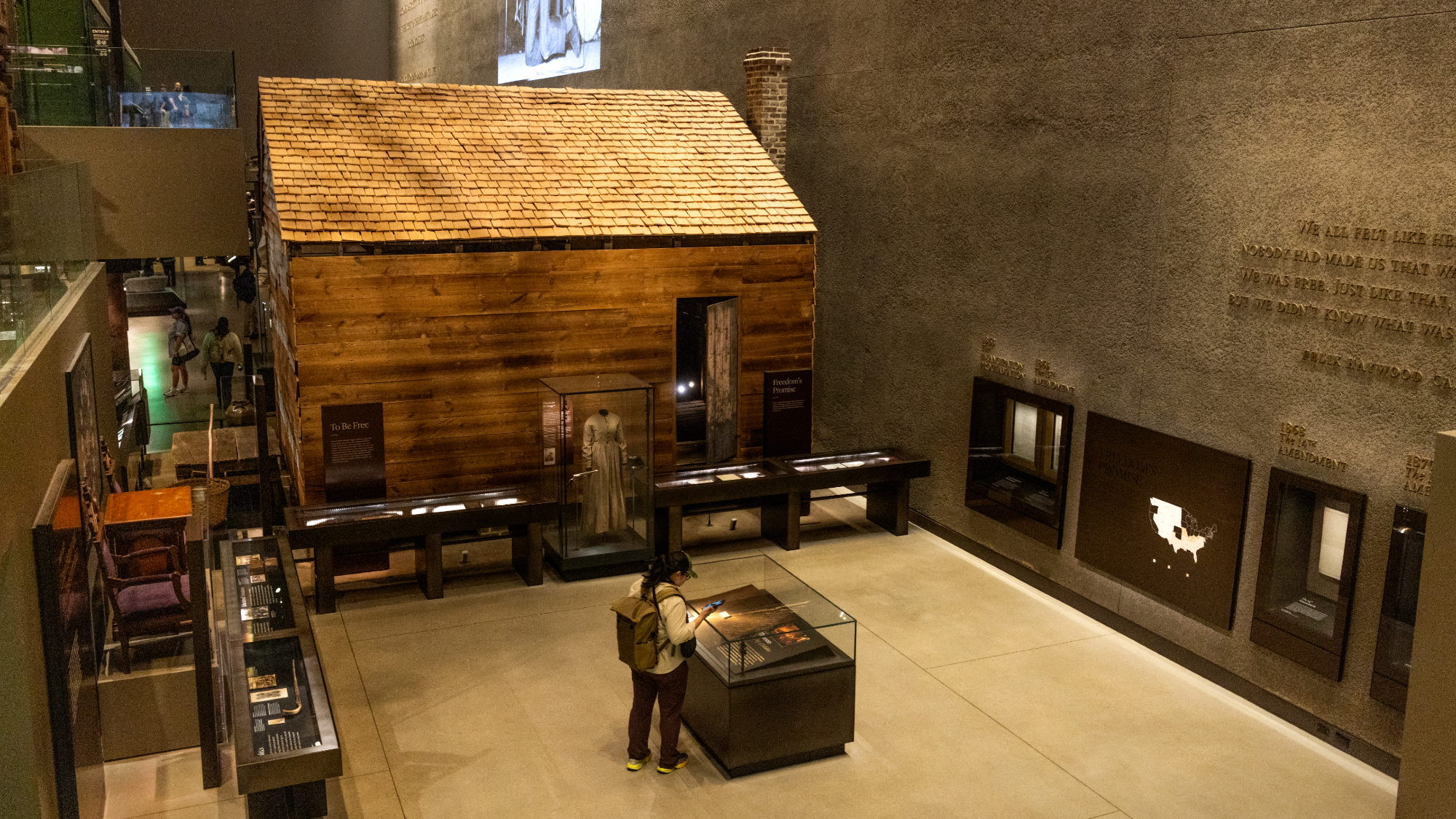 Trump says Smithsonian too focused on slavery's ills
Trump says Smithsonian too focused on slavery's illsSpeed Read The president would prefer the museum to highlight 'success,' 'brightness' and 'the future'
-
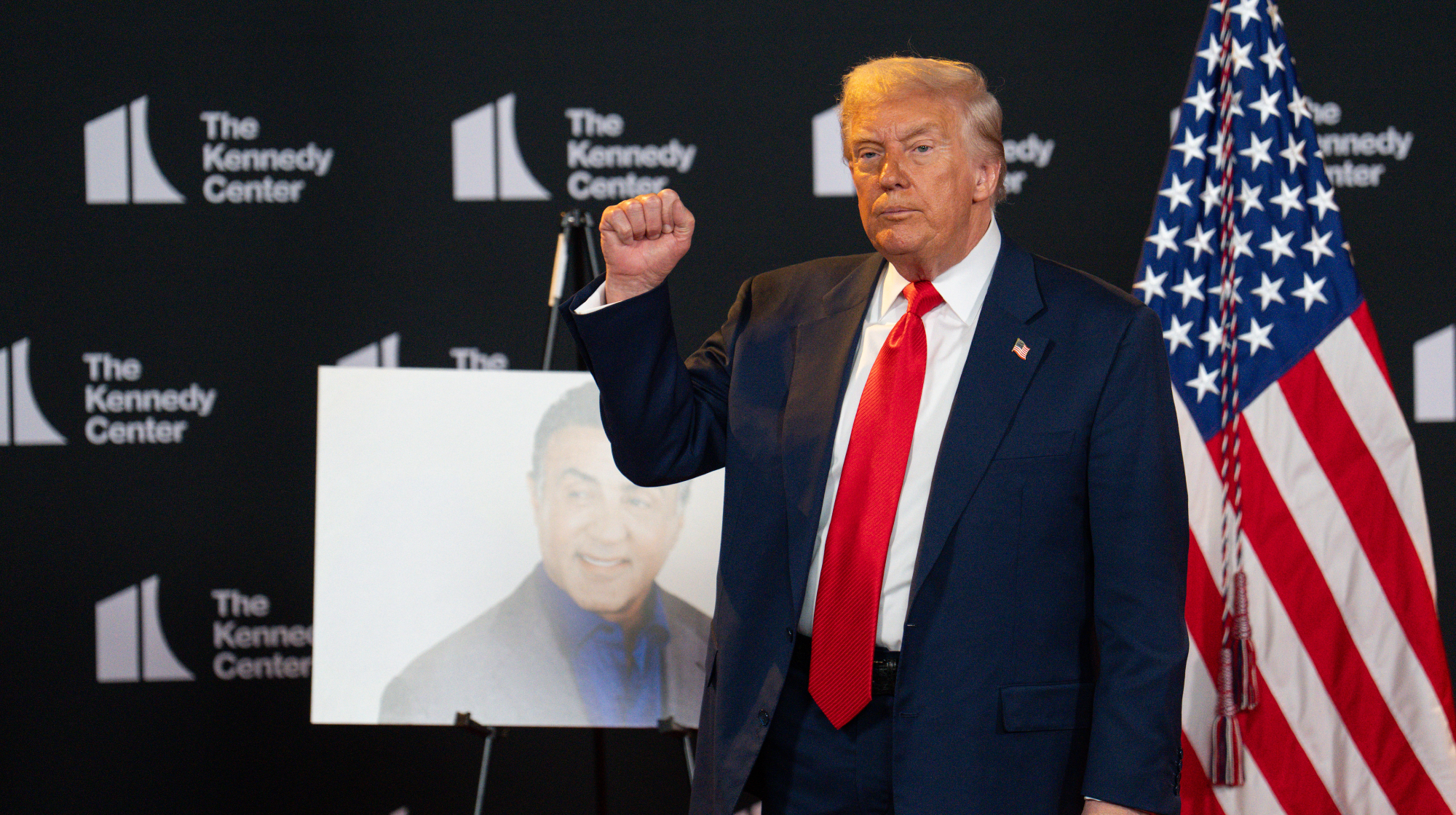 Trump to host Kennedy Honors for Kiss, Stallone
Trump to host Kennedy Honors for Kiss, StalloneSpeed Read Actor Sylvester Stallone and the glam-rock band Kiss were among those named as this year's inductees
-
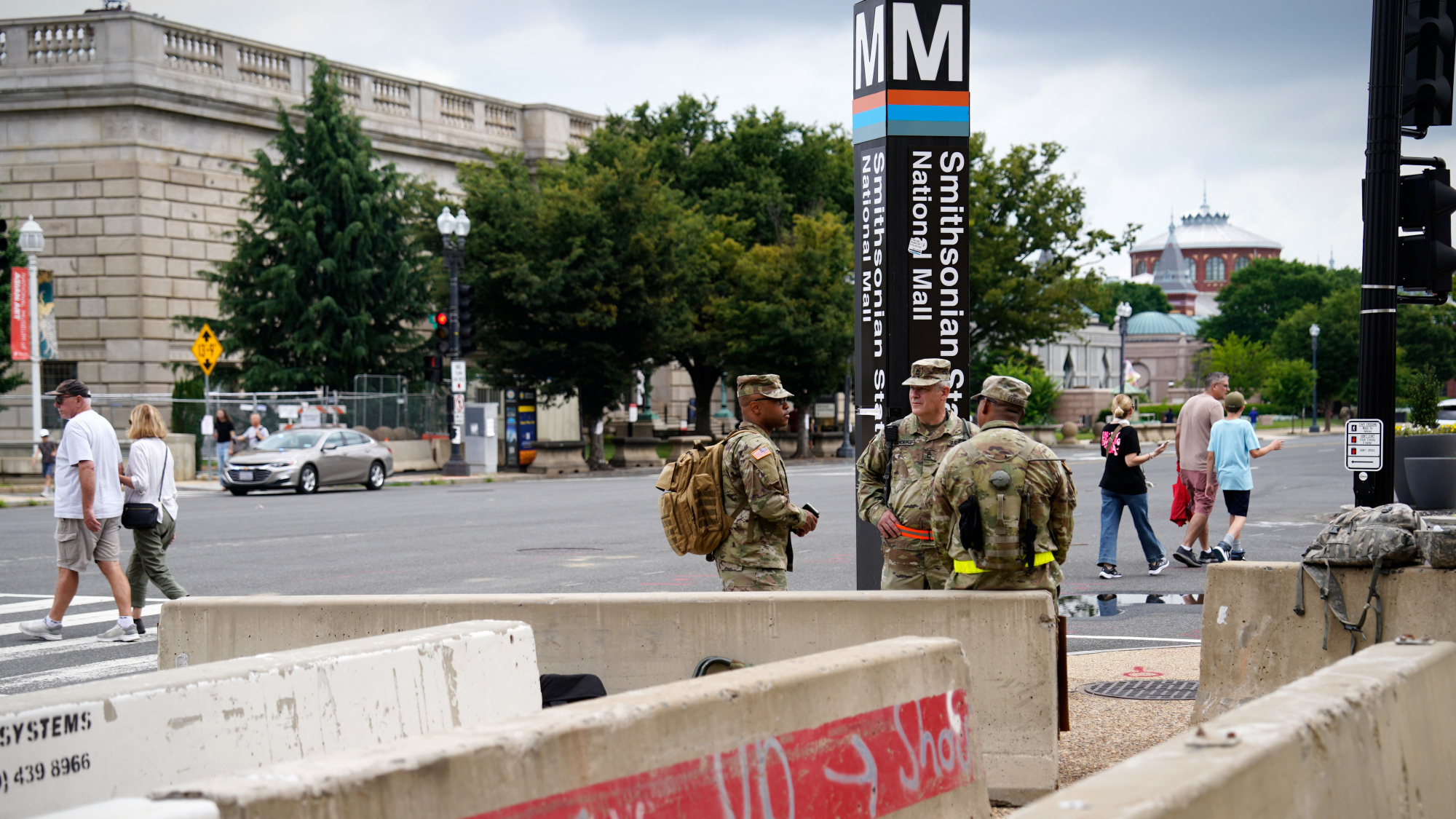 White House seeks to bend Smithsonian to Trump's view
White House seeks to bend Smithsonian to Trump's viewSpeed Read The Smithsonian Institution's 21 museums are under review to ensure their content aligns with the president's interpretation of American history
